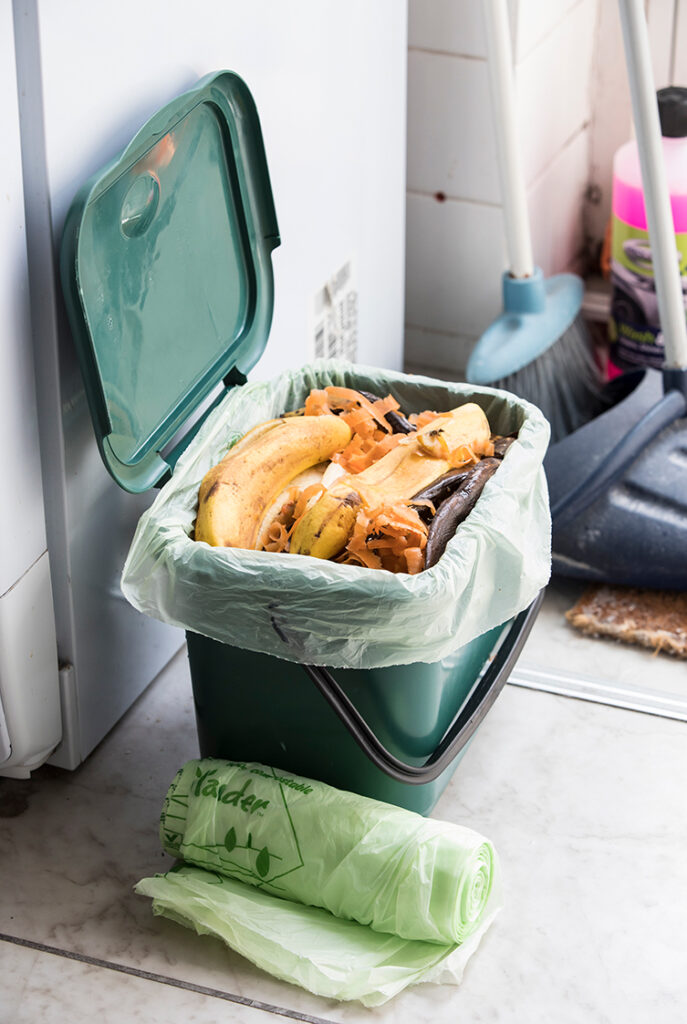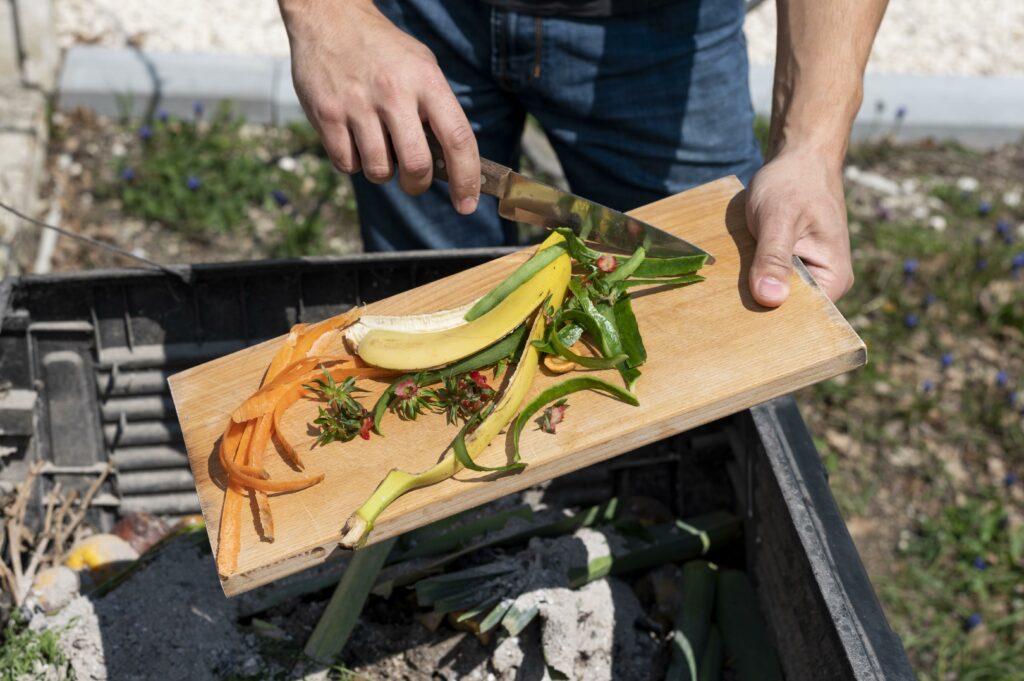In a 2019 survey carried out by Biffa, they found that the UK produces the highest amount of food waste in Europe. We throw away an estimated 14 million tonnes of food waste each year, according to the European Commission. That’s almost twice the amount as Sweden and Spain, and in comparison to the 2nd largest producer, Germany, we produce almost 4 million tonnes more waste. An even more astonishing fact is that an unprecedented amount of this so-called ‘waste’ is food that is still edible, in fact as a statistic, this is around £13.5 billion annually.

Why is this a problem?
Whilst the amount of food waste is obviously concerning, and must also be addressed, the biggest issue with food waste is how it is handled. Whether through means of convenience, lack of knowledge, or availability – the majority of us place our food waste into the general waste bin. Whilst this may seem an ideal solution, the hidden environmental impacts this option has are very damaging. When food waste ends up in landfills, which happens when it is placed into the general waste, it decomposes anaerobically and releases methane emissions. Methane is a harmful greenhouse gas that is 28 times more potent than carbon dioxide over a 100-year period and 84 times more on a 20-year scale. Worldwide, 8.2% of greenhouse gas emissions result from food waste alone, and as a whole, if food waste was a country, it would be the 3rd highest polluter of greenhouse gases in the world.
What is the solution?
Food waste when sent to landfill and mixed with other unrecyclable waste causes a lot of issues environmentally, as such a ‘greener’ option must be considered – this would be a food caddy. A food caddy is an organic waste bin that is used to capture, collect, and contain food waste.
Food waste can be anything from peelings and stalks to leftovers and excess – even teabags. Any food which is no longer fit for consumption, or the parts of food which are not typically eaten, e.g. banana peels.
Using a food caddy will allow for the separate collection of organic waste – this when separated from other forms of waste will begin to decay and break down naturally into compost. By disposing of your food waste this way, instead of in the general waste, you will greatly decrease your carbon footprint, and avoid the problematic issue with landfills and the harmful, excessive methane production.
When food waste is collected it can be sent to specialist facilities to correctly manage this waste in an eco-friendly way – this is known as anaerobic digestion. During the anaerobic digestion process, food breaks down and generates methane gas, just like it does in landfill. However, at a specialist anaerobic digestion plant, this gas is securely captured and transformed into green electricity. Instead of contributing to greenhouse gas emissions, this will generate renewable energy through its waste!

How to use your caddy!
Of course, using it to capture your food waste is the first step, but like many things, there are always ways in which you can go the extra mile. For example, lining your caddy with a compostable liner, which will help to capture and contain the waste, and also help avoid any spillages and help prevent odour. However, not just any type of bag can be used – the reason a compostable liner is always the recommended choice is that due to the material it is made from, it also breaks down as the food waste inside it does. The same cannot be said for plastic bags or paper bags, which will not assist with the composting and degrading of waste.
Whilst the vast majority of food is accepted in food waste collections and can be placed in your food caddy, there are a few items you need to avoid. For example, food packaging, whilst it may have been used to protect the food item, always leave it out of the caddy! Liquids, oils and fats should also be left out – this is to prevent spillages during transportation. Finally non-food products including nappies, whilst come nappies claim they can be recycled, this is not in a food caddy!
Food waste is inevitable for all households, and handling it in the correct way, with an eco-friendly mindset is an easy process with the implementation of a food caddy!
Learn more about food waste disposal in our downloadable brochure.